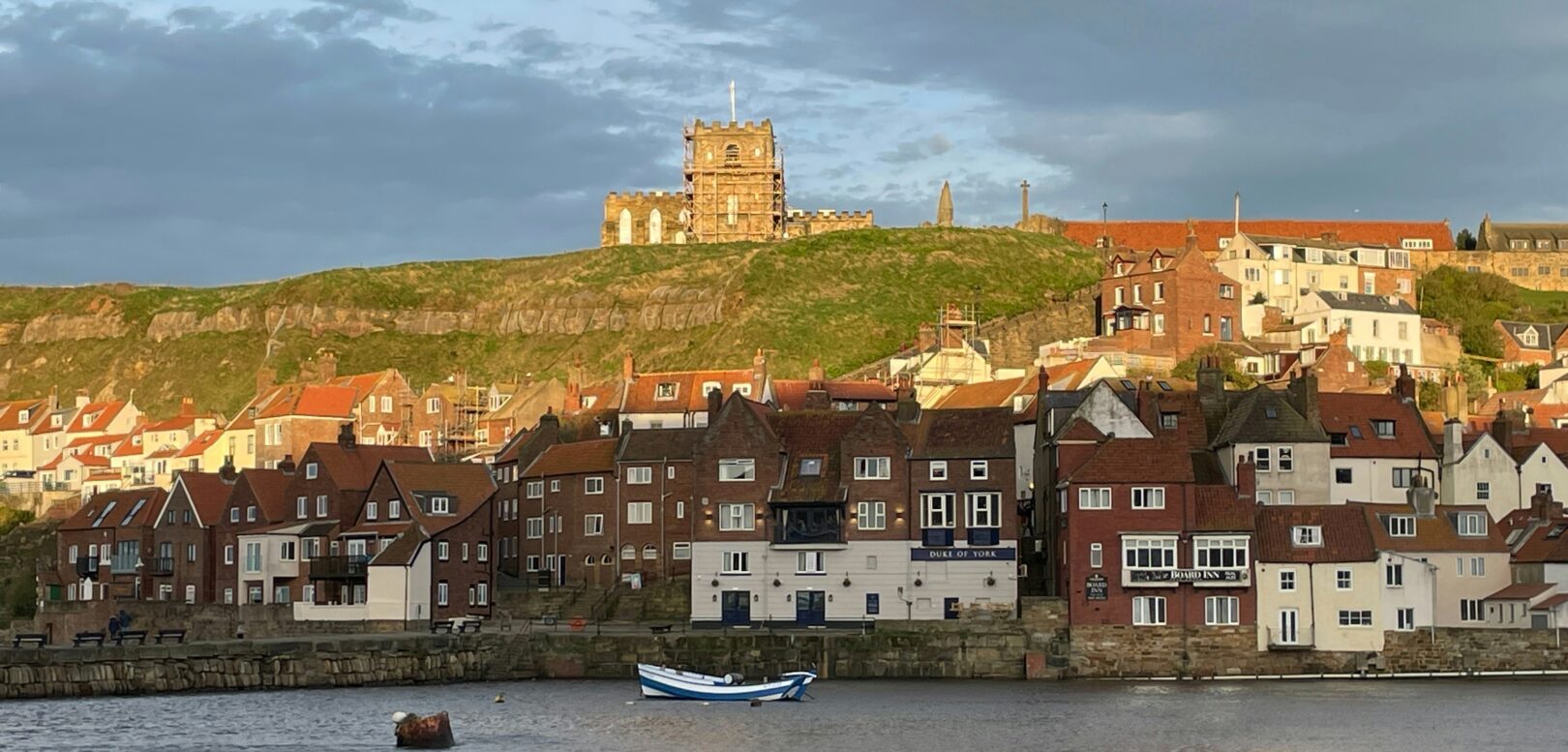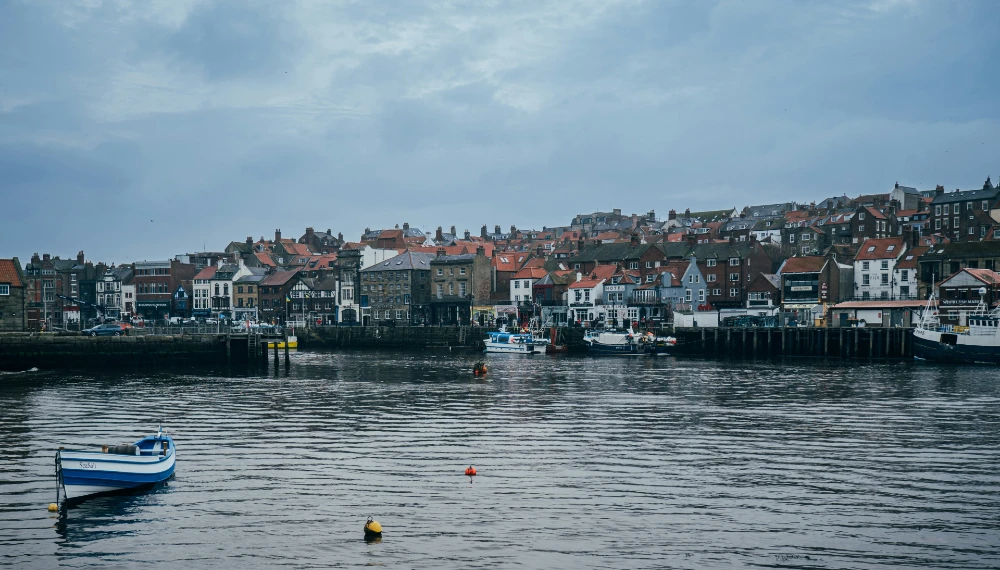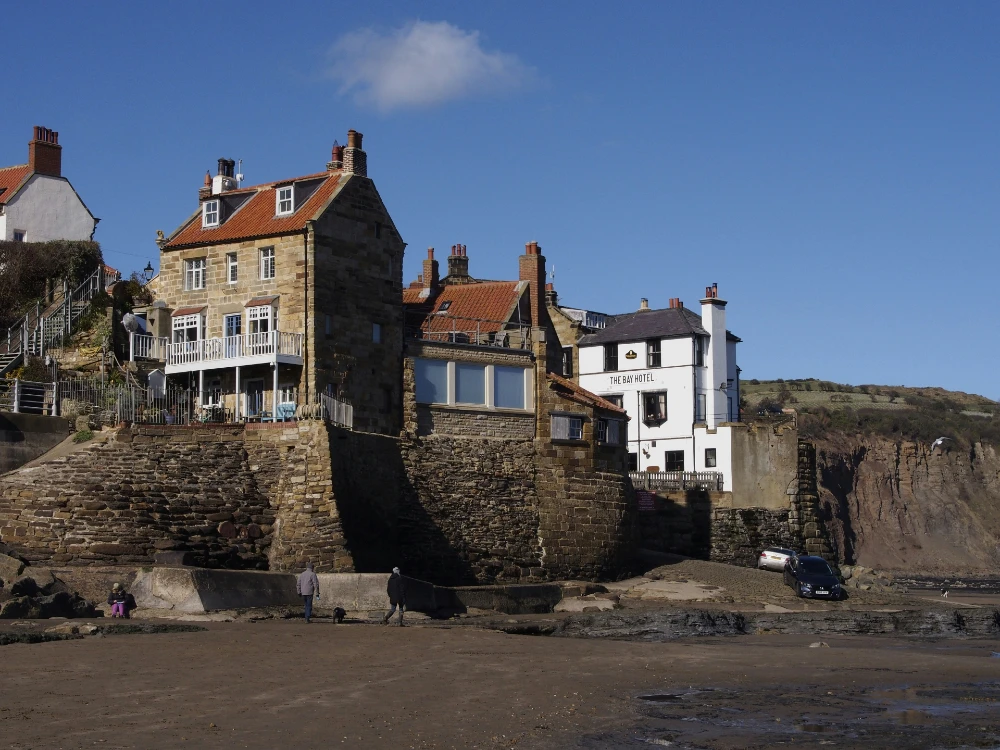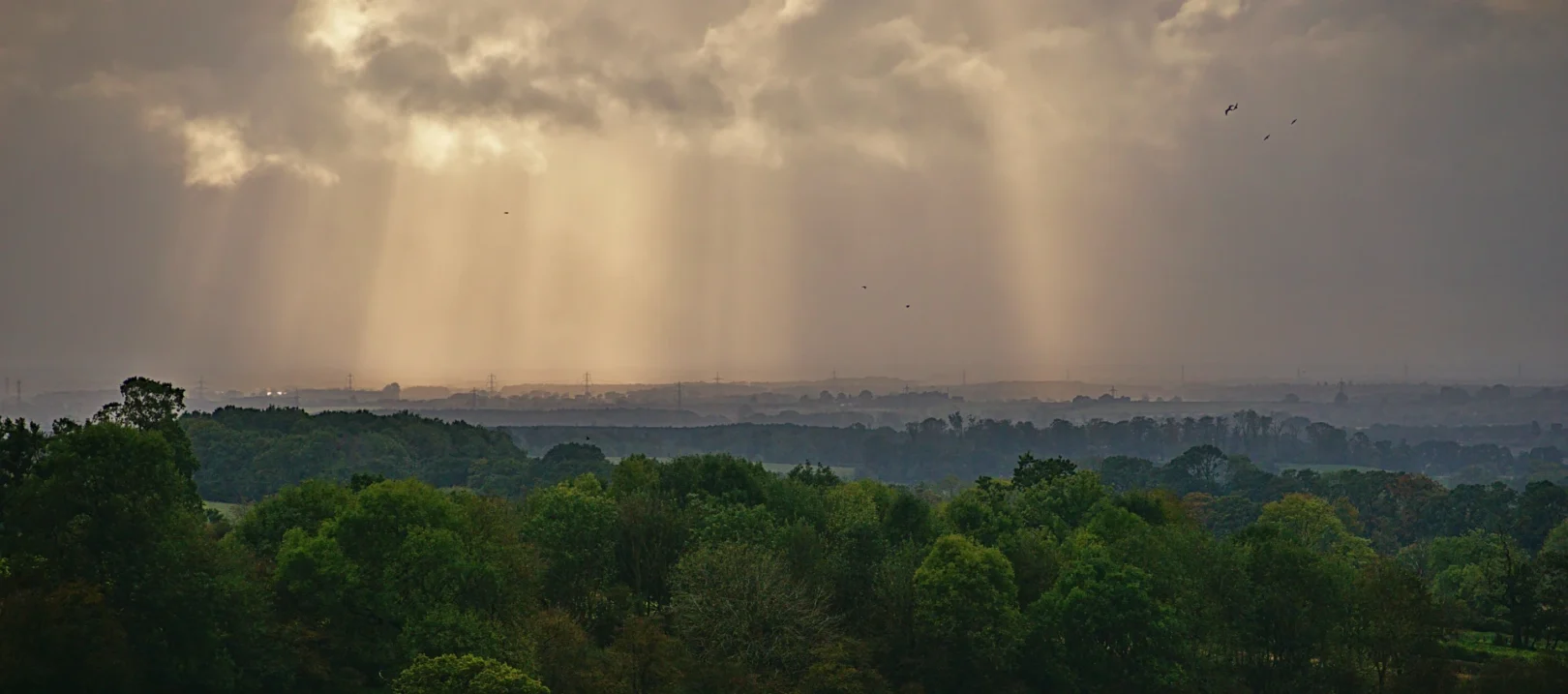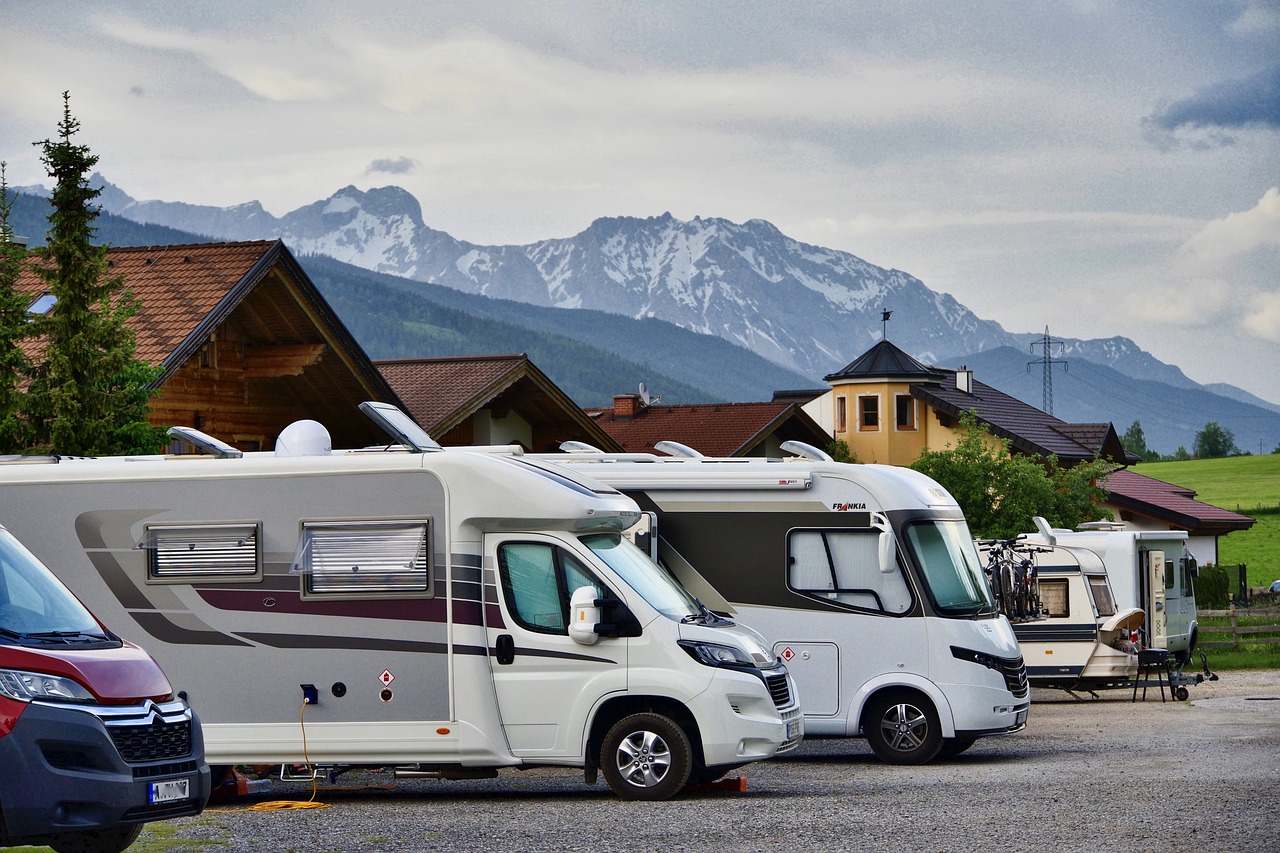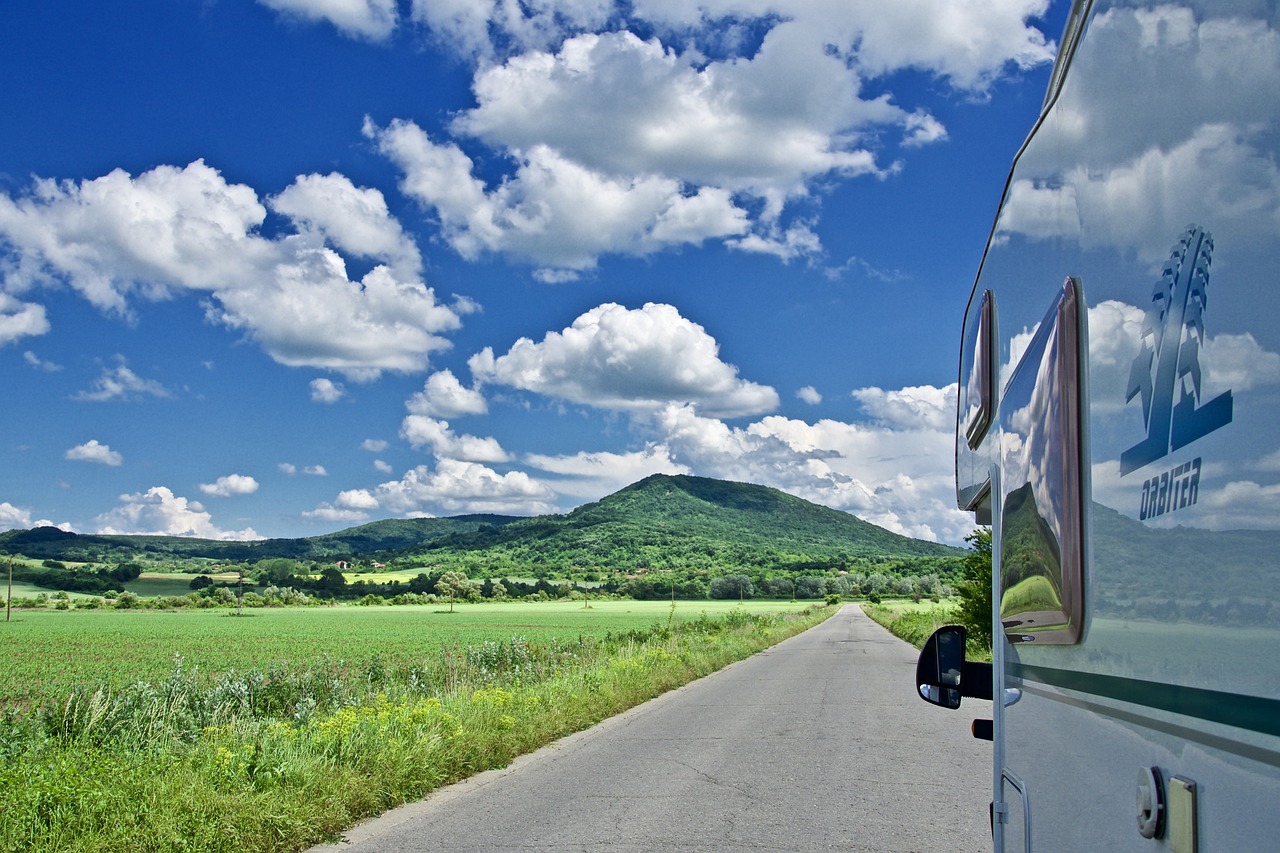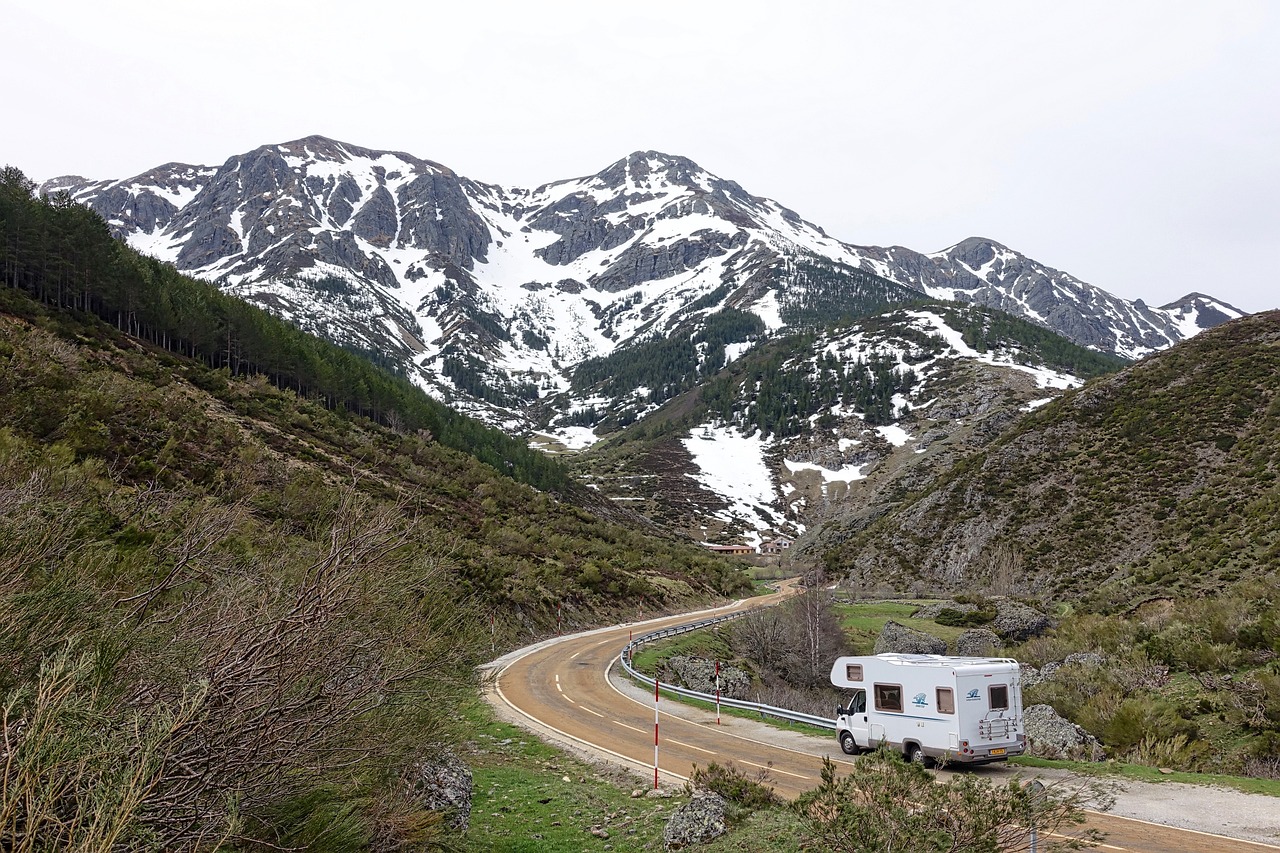The Yorkshire Coast is a treasure trove of stunning landscapes, historic sites, and quintessential British seaside charm. With a motorhome as your travel companion, you can explore this stunning stretch of coastline at your own pace, soaking in the salty sea breeze, rugged cliffs, and scenic fishing villages. From golden beaches to charming towns, the Yorkshire Coast is a dream destination for motorhome enthusiasts. Here’s your guide from Long Way Round Motorhome Hire Yorkshire to the best spots to visit, along with the campsites that welcome motorhomes along the way.
Scarborough: The Queen of the Coast
Scarborough, the UK’s first seaside resort, is a delightful mix of old-world charm and vibrant seaside energy. Famous for its sweeping bay, sandy beaches, and historic landmarks like Scarborough Castle, this town is perfect for a motorhome base.

What to Do:
- Take a stroll along the Victorian promenade.
- Visit the Scarborough Castle and learn about its 2,500-year history.
- Spend time at the tranquil North Bay or the lively South Bay.
Best Campsite:
- Scarborough Camping and Caravanning Club Site Located just a short drive from Scarborough town center, this well-equipped site offers spacious pitches for motorhomes. Facilities include electric hook-ups, a shop, and Wi-Fi, making it an ideal spot to explore Scarborough while having all the comforts of home.
Whitby: A Gothic Haven
The picturesque town of Whitby is famed for its dramatic cliffs, cobbled streets, and, of course, its connection to Dracula. The town’s medieval abbey sits atop a hill overlooking the North Sea, and its quirky harbor is a sight to behold.
What to Do:
- Explore the ruins of Whitby Abbey, which inspired Bram Stoker’s Dracula.
- Wander the narrow streets of the old town and visit Whitby’s many shops, cafes, and ice cream parlors.
- Walk along the picturesque Whitby pier.
Best Campsite:
- Whitby Holiday Park Situated just outside Whitby, this campsite offers stunning views of the countryside and is only a short bus ride to the town centre. The park has excellent facilities for motorhome users, including electric hook-ups and a fully equipped site shop.
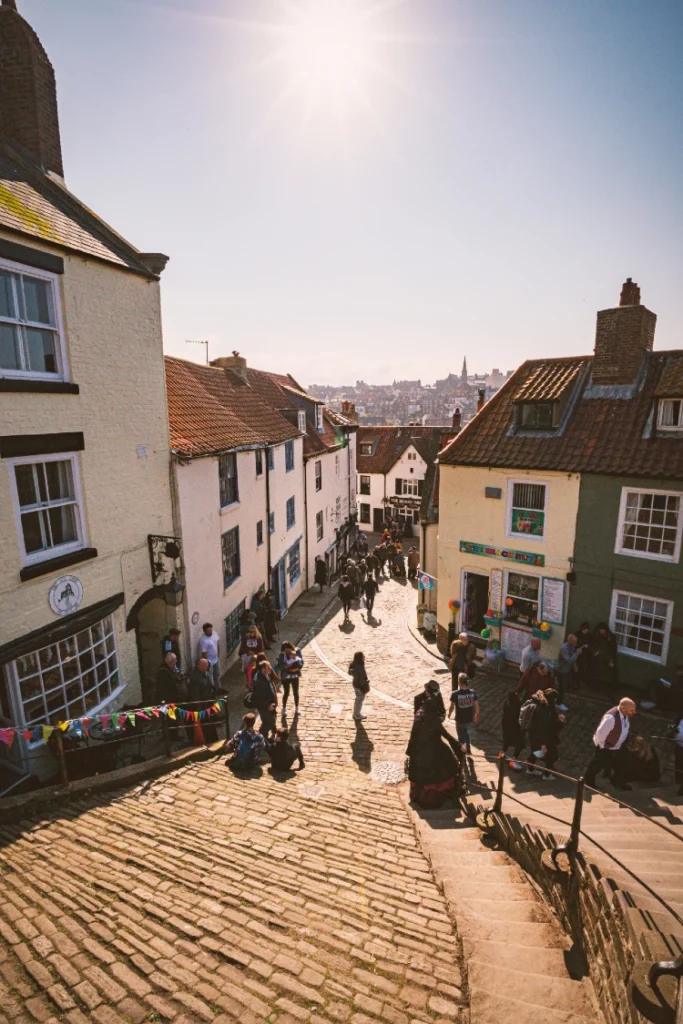
Robin Hood’s Bay: A Hidden Gem
Robin Hood’s Bay is one of the most picturesque villages on the Yorkshire Coast. Nestled between steep cliffs, this village offers a blend of sandy beaches, historic buildings, and a rich smuggling history. It’s the perfect spot to park up and explore the surrounding coastline.
What to Do:
- Discover the village’s hidden coves and beaches.
- Learn about the area’s smuggling past at the local museum.
- Hike along the Cleveland Way, a national trail offering stunning views of the coast.
Best Campsite:
- Farsyde Farm – A unique cliff top campsite with stunning views. With pitches for motorhomes available, you’ll find a peaceful retreat just a stone’s throw from the beach. The site offers stunning views and easy access to both Robin Hood’s Bay and the nearby cliffs.
Filey: The Quiet Seaside Escape
For a more relaxed and less touristy experience, Filey offers a long, wide beach perfect for peaceful walks and family picnics. The town retains much of its traditional seaside charm, with well-preserved Victorian architecture and a friendly, welcoming atmosphere.
What to Do:
- Spend a day at Filey Beach, one of the finest on the coast.
- Walk along the Filey Brigg, a natural limestone peninsula, and enjoy panoramic views of the coastline.
- Visit the Filey Bird Garden and Nature Reserve to see local wildlife.
Best Campsite:
- Filey Brigg Holiday Park Located just a short distance from the town and beach, this site offers excellent facilities for motorhomes, including hard-standing pitches and electric hook-ups. The peaceful park is surrounded by natural beauty, making it a great place to relax after a day of exploring.
Flamborough Head: Coastal Cliffs and Seabirds
For nature lovers, Flamborough Head is an unmissable destination. This striking stretch of coastline features towering white chalk cliffs, abundant seabirds, and dramatic views of the North Sea. Flamborough Head is ideal for those who love rugged coastlines and wildlife spotting.
What to Do:
- Visit the Flamborough Lighthouse, which has been guiding ships since the 17th century.
- Take a boat trip to see the puffins and other seabirds nesting along the cliffs (in season).
- Explore the nearby Bempton Cliffs RSPB reserve, home to thousands of seabirds.
Best Campsite:
- Flamborough Caravan Park Situated in a beautiful location near the cliffs, this campsite offers great facilities for motorhomes, including spacious pitches with electric hook-ups. It’s the perfect spot to relax after a day of exploring the stunning coastline.
Saltburn-by-the-Sea: A Victorian Seaside Escape
Saltburn-by-the-Sea may not be as well-known as some of its Yorkshire cousins, but this charming Victorian seaside town offers a unique, laid-back atmosphere. The cliffs above the beach are perfect for walking, while the town boasts a restored pier, beautiful gardens, and an iconic funicular railway.
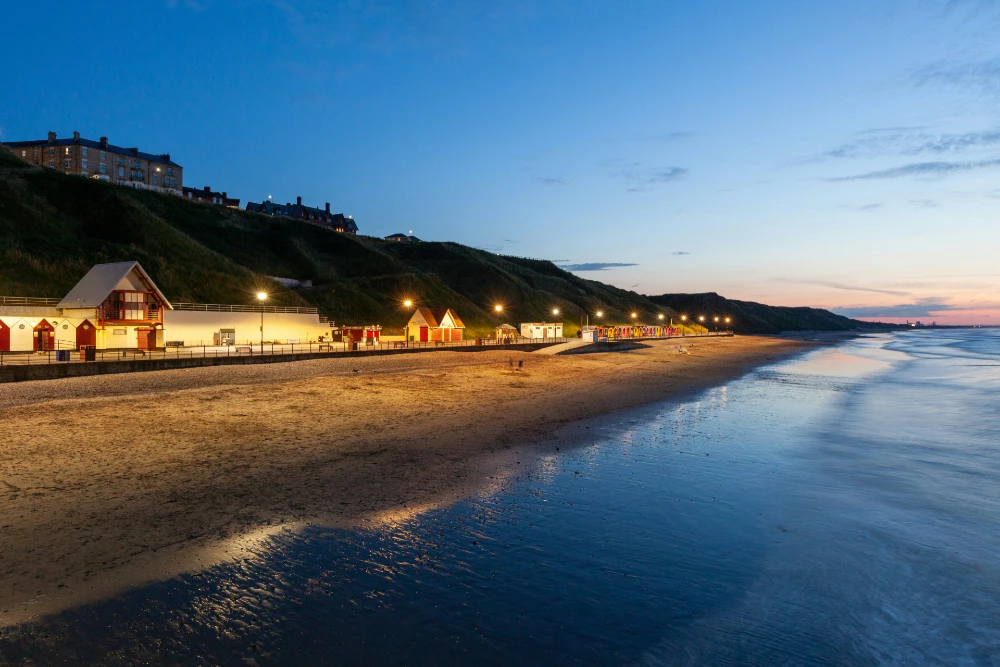
What to Do:
- Ride the Saltburn Cliff Lift, one of the oldest funicular railways in the UK.
- Visit the lovely Saltburn Woodland Centre and enjoy the surrounding nature reserve.
- Wander through the town’s delightful gardens and along the pier.
Best Campsite:
- Magpie Wood Skinningrove Just a short drive from Saltburn, The Magpie Wood offers Fantastic views and wildlife, within minutes walk from local amenities.. With spacious motorhome pitches and excellent facilities, it’s a great spot to unwind after a day exploring the local area.
The Yorkshire Coast is just an hours drive from our Harrogate motorhome hire base and offers a perfect blend of natural beauty, history, and quintessential British seaside charm, all accessible at your own pace when you travel by motorhome. Whether you prefer the buzz of Scarborough or the tranquility of Robin Hood’s Bay, there’s a campsite and a stretch of coastline for every taste.
So pack up your motorhome, hit the road, and let the Yorkshire Coast reveal its secrets to you, one stunning view at a time.
Happy Travels!

